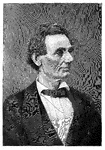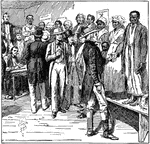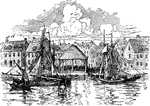Clipart tagged: ‘slavery’
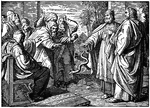
Aaron's Rod Turning into a Serpent Before Pharaoh and His Magicians
"And Moses and Aaron went in unto Pharaoh, and they did so, as Jehovah had commanded: and Aaron cast…
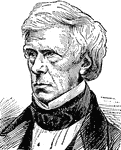
Lord Henry Brougham
(1778-1868) Lord Henry Peter Brougham, the first Baron Brougham and Vaux, was a British writer, scientist,…

John Brown's Fort in Harpers Ferry
John Brown's Fort (the engine house) from John Brown's Raid on Harpers Ferry. Brown led a group of 21…
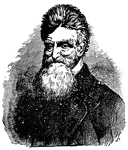
John Brown
Militant American abolitionist, tried to forceably liberate the slaves, hung for treason.
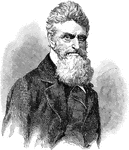
John Brown
John Brown (1800 – 1859) was an American abolitionist who advocated and practiced armed insurrection…
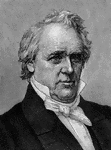
John Brown
In 1859, John Brown collected a small body of men, white and black, in the mountains of Maryland. He…
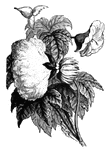
Cotton Plant
"Cotton Plant, which was regularly exported in small quantities from the South."—E. Benjamin Andrews,…

Picking and Loading Cotton
An image showing the process of picking cotton and then loading it upon merchant ships.

Ulysses S. Grant
(1822-1885) An American soldier, eighteenth President of the United States and was the leading Union…

Albert Sidney Johnston
(1803-1862) A Confederate general in the American Civil War who was killed during the Battle of Shiloh.
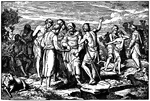
Joseph's Brother Sell Him into Slavery after Pulling Him Out of the Cistern
"Come, and let us sell him to the Ishmaelites, and let not our hand be upon him; for he is our brother,…

Abraham Lincoln
(1809-1865) An American politician and sixteenth President of the United States and the first president…

Omnibus Bill of 1850
The illustration contains an explanation of the Omnibus Bill or Compromise of 1850. Although one bill,…
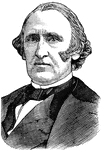
Wendell Phillips
"The great Anti-Slavery agitator, Wendell Phillips, was born in Boston, November 29, 1811, and was the…
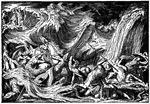
The Red Sea Swallows Pharaoh and His Army
"And Moses stretched forth his hand over the sea, and the sea returned to its strength when the morning…
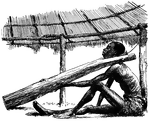
Slave Fork
"A forked branch of a tree, four or five feet long, used by slave-hunters in Africa to prevent the slaves…

A Slave's Collar
"A runaway slave, if recaptured, was sometimes compelled to wear a metal collar riveted about his neck."—Webster,…

Smith's Escape from Slavery
Captain Sir John Smith (c. January 1580–June 21, 1631) Admiral of New England was an English soldier,…
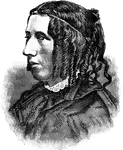
Harriet Beecher Stowe
An abolitionist, and writer of more than 10 books. Her most famous piece was Uncle Tom's Cabin…

Zachary Taylor's Residence at Baton Rouge
Zachary Taylor (November 24, 1784 – July 9, 1850) was an American military leader and the twelfth…
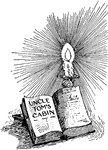
Uncle Tom's Cabin
The anti-slavery novel by Harriet Beecher Stowe was published in 1852 and had an effect on the view…
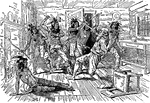
Death of Major Richard Waldron
On September 7, 1676, Waldron invited about 400 Indians to participate in a mock battle against the…


